Recent Articles
Popular Makes
Body Types
A History of American Honda In Pictures
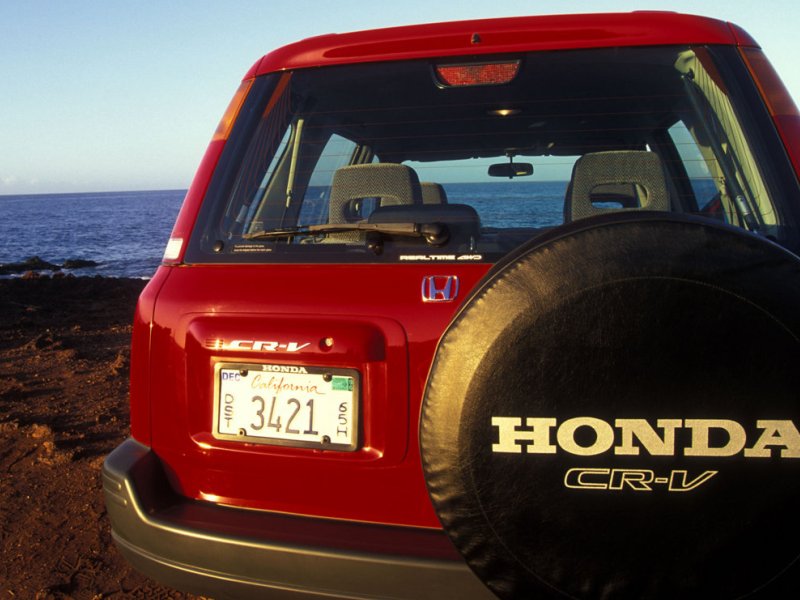
1997 honda cr-v
Honda, despite the fact most people think Accord, Civic, and Fit when they hear the name, got its start as a motorcycle company. In 1959, the corporation opened American Honda Motor Company, Inc, its first overseas subsidiary, in Los Angeles in a storefront location with six employees. Its first big hit was the Honda 50, marketed with the tagline “You meet the nicest people on a Honda.” The Honda 50 became the best selling motorcycle in history and arguably paved the way for the American Honda Motor Company we know today. Its first truly successful automobile was the 1973 Honda Civic. Civic begat Accord, which, in turn led to the creation of the first Japanese luxury brand, Acura. Acura led to the creation of the first Japanese super car, the Acura NSX. Engineering breakthroughs achieved with that model laid the template for efficiency strategies employed throughout the entire industry today.
1973 Honda Civic
Offered just as the 1973 Arab oil embargo triggered the first American energy crisis, the fuel-efficient Honda Civic two-door hatchback— introduced that year—found a very ready audience. That model’s follow-up, the 1974 Honda CVCC was the first car to meet the standards imposed by the 1970 U.S. Clean Air Act. Running on either regular or unleaded gasoline, it did so without using a catalytic converter. Further, it was ranked by the U.S. Environmental Protection Agency as the most fuel-efficient car sold in America in 1974. Honda ‘s car was both good on gas and good for the air. Today’s Honda Civic lineup is almost broad enough to be a car company all by itself. Offered in a natural gas version, a hybrid version, and a high performance version, (as well as in both coupe and sedan formats) Civic is one of the most versatile models in the automotive marketplace.
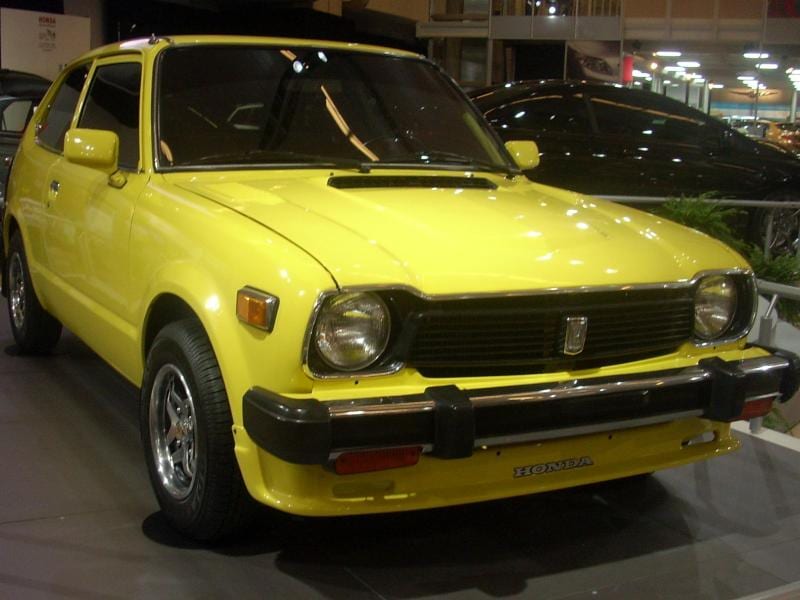
1976 Honda Accord
The Civic was followed in 1976 by the Honda Accord, which went on to become the best selling passenger car in the US between 1990 and 1992. To this day, Accord remains one of the perennial best-selling models on the market, routinely selling in excess of 350,000 units annually. Introduced as a three-door hatchback; a four-door sedan followed the hatchback to the US in 1978. The 1982 Accord became the first Japanese car to be built in the United States when the company opened its Marysville, Ohio facility, which still builds the Accord to this day. Honda now operates nine production facilities in the US. Over the years, the Accord steadily grew larger and more luxurious. The model eventually spawned a coupe version, as well as a station wagon. Today’s Accord lineup includes a two-door coupe, a four-door sedan, a plug-in hybrid, a standard hybrid model, and the Crosstour pseudo-SUV.
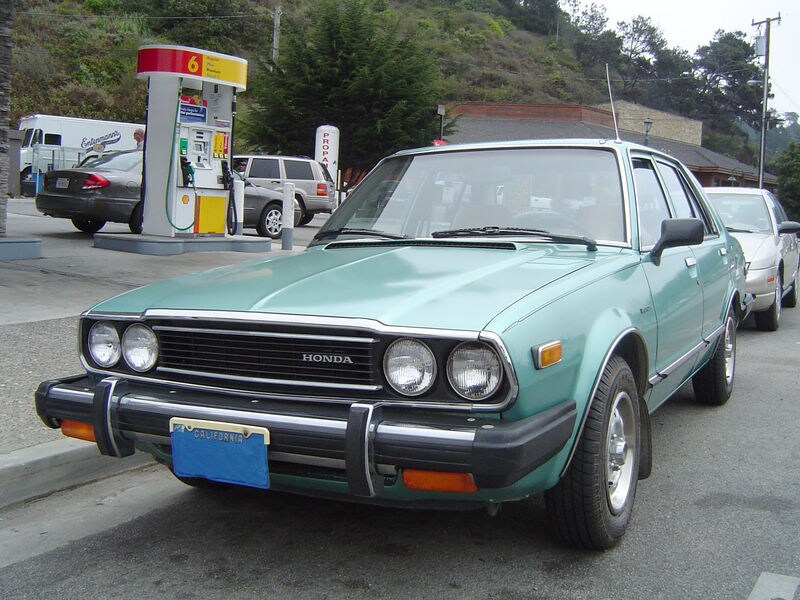
Photo by Geographer
1978 Honda Prelude
Incorporating the suspension, engine, and brakes of its contemporary Accord model, the front-drive 1978 Prelude was the first Honda to offer a power moonroof as standard equipment. The sporty Honda took a page out of Ford Mustang’s playbook—offering the engine of a larger car in a smaller, lighter body. The model lasted through five generations, ultimately going out of production in 2001. The last iteration of the Prelude (built in the same factory as the Acura NSX) was easily the best, as the car featured a close ratio gearbox, an amazingly flexible and free-winding engine and a very stiff body structure, which endowed the car with outstanding handling. Unfortunately, it was also burdened with rather quirky styling and a fairly high price. Honda’s outstanding S2000 two-seat rear drive sports car (introduced in 1999) carried the performance-oriented banner dropped by the Prelude when it was dropped from the Honda lineup.
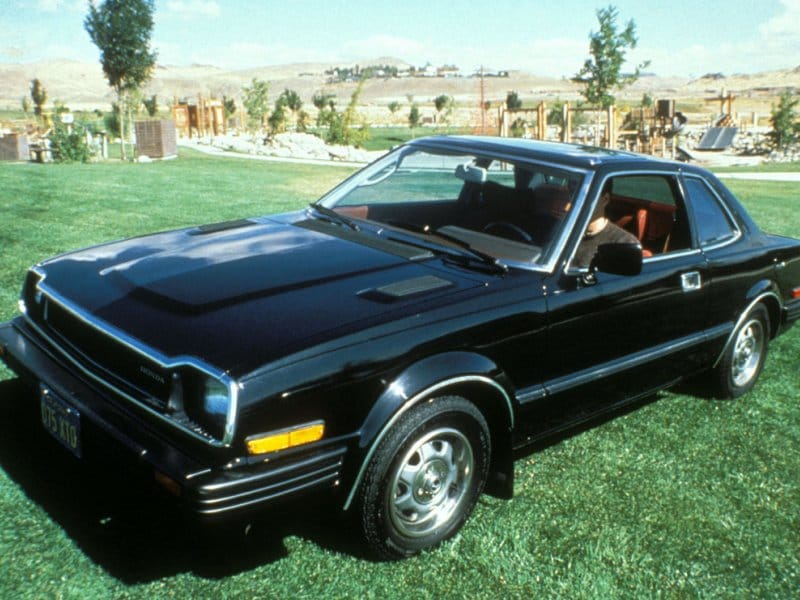
1983 Honda CR-X
The 1983 Honda CR-X was marketed in some places as the Civic CR-X. The two-seat front-drive hatchback coupe was praised for its nimble handling, handsome appearance, and good fuel economy. Pliable enough to be comfortable, but tight enough to appeal to sporting drivers, the CR-X exploited a previously unrecognized niche. The Si variant of the model offered even more performance. Produced over two generations between 1983 and 1991, the CR-X was replaced by the Civic del Sol with a removable targa-style roof. While not as well received as the CR-X, del Sol led to a very highly significant car from Honda in 1999. The two-seat Honda Insight looked remarkably like an updated CR-X when it came to market as the first gasoline-electric hybrid model to be offered in the United States. This car paved the way for every contemporary hybrid, as well as its direct descendant, today’s Honda CR-Z hybrid.
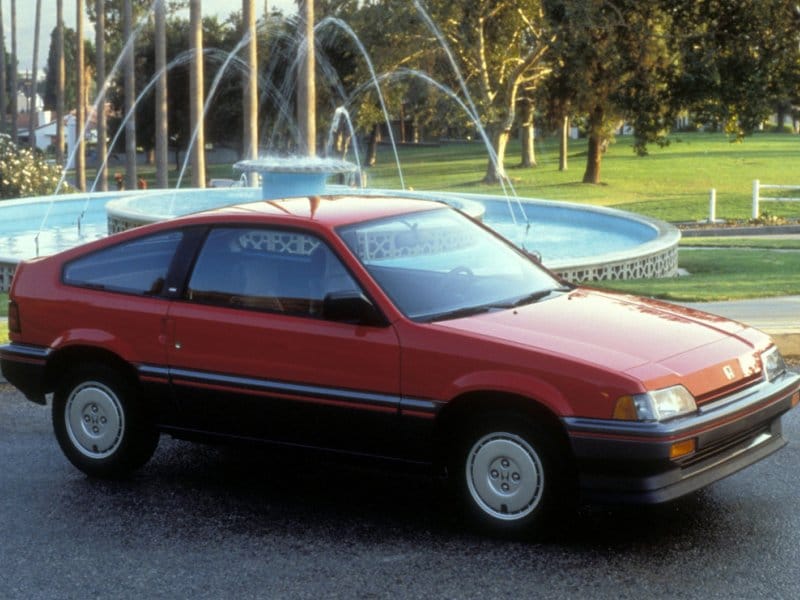
1986 Acura Legend
In 1986, anyone who wanted a serious mainstream imported luxury car pretty much went with a Mercedes-Benz, BMW, or an Audi. The Acura Legend debuted that year as an all-new front-wheel drive luxury sedan offering many of the same features as an Audi and a Mercedes-Benz. The first Legend was a front-drive V6-powered automobile, as has been every one of largest of the Acura cars. Many in the automotive industry have derided Honda for the lack of a rear-drive, V8-powered full-size luxury Acura model. Interestingly though, the evolution of the auto industry has seemingly proven Honda's strategy to be correct in this regard. Ultimately, every luxury manufacturer came to offer a V6-powered version of its flagship sedan—just as Acura has done since the brand was founded. Today’s version of the Legend is Acura’s flagship RLX, offering just about every state of the art tech feature available today.
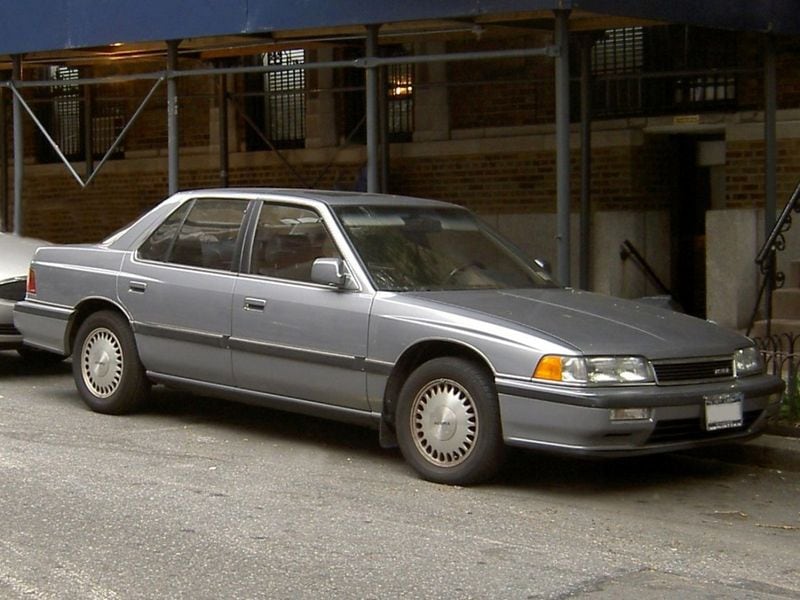
1986 Acura Integra
Also introduced in 1986; where the Legend was more luxury oriented with an edge of performance like Audi and Mercedes, the Integra was more performance oriented with a hint of luxury in the vein of BMW. These attributes, along with Honda’s reputation for reliability, affordability, value, and low cost of ownership made the new Acura cars an immediate hit. By the way, for you trivia buffs out there, if you look closely, you’ll see the Acura logo is in actuality the Honda logo inverted and pinched at the top. Highly acclaimed as an enthusiast’s favorite, all three generations of the Integra hatchbacks and sedans were honored among the best driver’s cars of their times. A number of sporty small Acura models followed the Integra, most notably the 2002 RSX hatchback and the 2003 TSX sedan. Filling the Integra’s slot in today’s Acura lineup is the critically acclaimed ILX sports sedan.
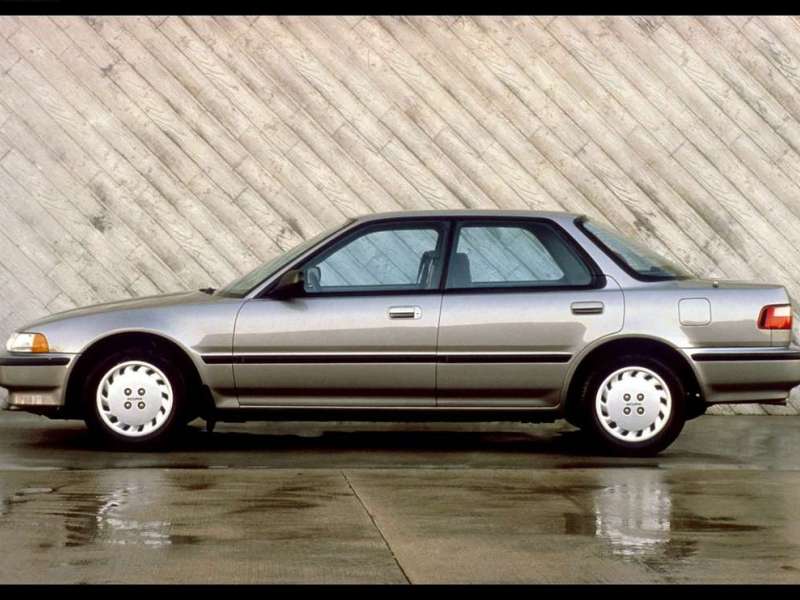
1990 Acura NSX
In 1990, the mid-engined Acura NSX super sports car followed on the heels of those first Acura models. The only rear-drive Acura product to date, the exceptionally outstanding NSX was the world’s first all-aluminum volume production car. With its nomenclature an acronym for the phrase “new sports car eXperimental”, the Acura NSX was a true exotic super car. Further, the Acura NSX proved reliability could go hand in hand with the performance expected from such models, and at a more affordable (relatively speaking) price point. What the Legend and Integra had done to Mercedes and BMW, the NSX did to Porsche, Ferrari, and Lamborghini. The next-generation Acura NSX was recently introduced at the North American International Auto Show. Again, a marvel of contemporary engineering, the new NSX boasts a twin-turbocharged V6 all-wheel drive hybrid powertrain with three electric motors. It is said to produce in the area of 550 horsepower.
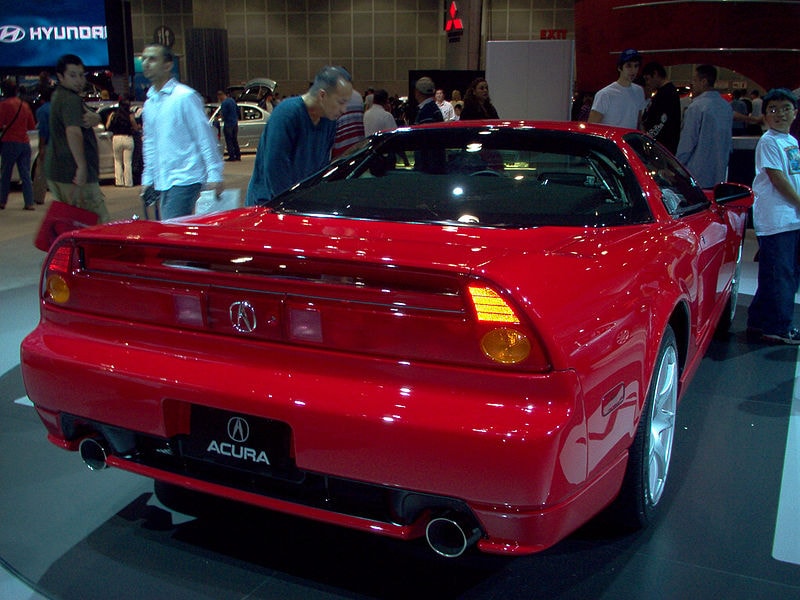
1992 Acura Vigor
Acura’s first mid-sized four-door sedan, the 1992 Acura Vigor was arguably Honda’s first miss in the American marketplace since the Civic gained the company notoriety. Slotted between the Legend and the Integra, Vigor bridged the gap by offering the luxury of the Legend coupled with the sportiness of the Integra. Unfortunately, the car wound up alienating more people than it attracted. Enthusiasts found it too soft to take seriously, while luxury-oriented buyers found Vigor’s dynamics too stiff to consider. However, Acura followed the Vigor with the highly acclaimed 1996 Acura TL. While the TL also offered a broad array of luxury features, the model was more decidedly aimed at the enthusiast-oriented driver and was consequently well received. In fact, TL became Acura’s best selling product and America’s second best selling luxury sedan—bested only by BMW’s 3 Series. The contemporary version of the car is the recently introduced Acura TLX.
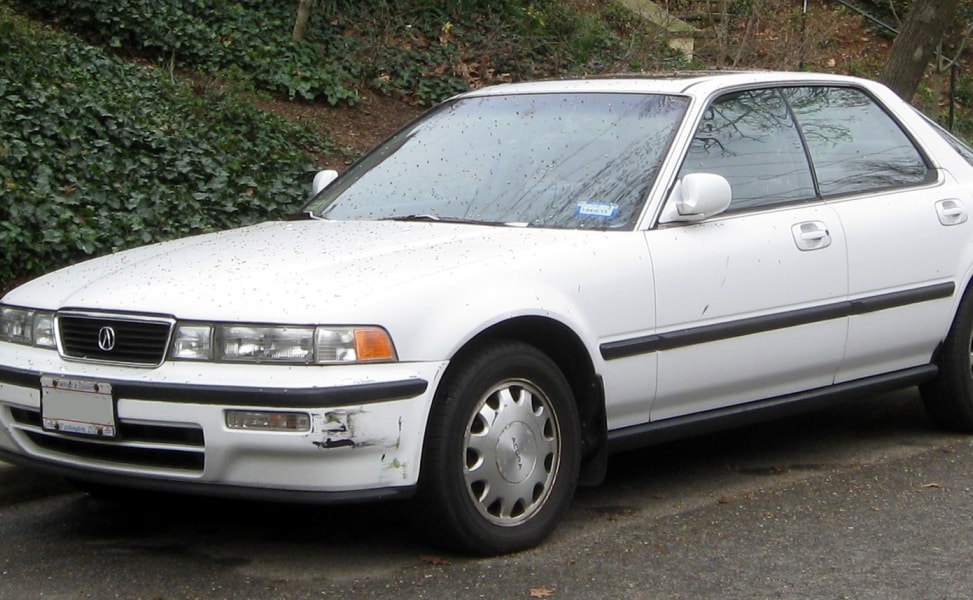
1994 Honda Odyssey
Honda’s first minivan was introduced in 1994. Based on the Accord platform, the Odyssey featured unibody construction, four-wheel disc brakes with ABS, dual airbags, dual-zone climate control, swing-opening doors, and seating for seven. The development process for the Odyssey included sending Honda’s chief engineer to the United States to study the way Americans used minivans. The decision was made to have the third row fold away into the floor after watching American women struggle to remove third-row seats to gain more cargo capacity. The Odyssey also introduced the center aisle concept to make accessing the third row easier for passengers. Innovations like these helped the Odyssey find an enthusiastic cadre of buyers. Currently in its fourth generation, Honda’s Odyssey has always been numbered among the most innovative and highly regarded minivans on the market. As an example of its innovation, the current Honda Odyssey offers an optional built-in vacuum cleaner.
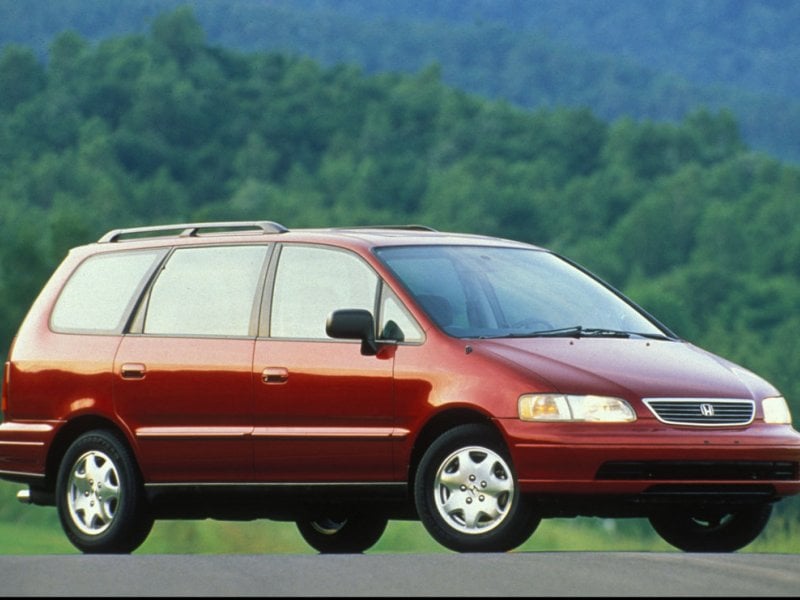
1995 Honda CR-V
Currently in its fourth generation, Honda’s CR-V was introduced near the peak of the SUV boom years of the latter part of the 20th century. The 1995 Honda CR-V, based on Honda’s Civic, was designed for the urban driver who wanted the extra space and high seating position traditional SUVs afforded their drivers, but in a more manageable package with better fuel economy. In typical Honda fashion, the CR-V excelled in all regards and even surprised with a picnic table hidden beneath the cargo compartment’s floor. The success of the CR-V paved the way for an even more elemental small crossover suv in 2003 known, not coincidentally, as the Honda Element. CR-V also opened the door for a larger Honda suv model, which the company introduced as the Pilot in 2002—as a 2003 model. Pilot, in turn, led to Acura’s contemporary SUVs, which include the RDX and the MDX.
